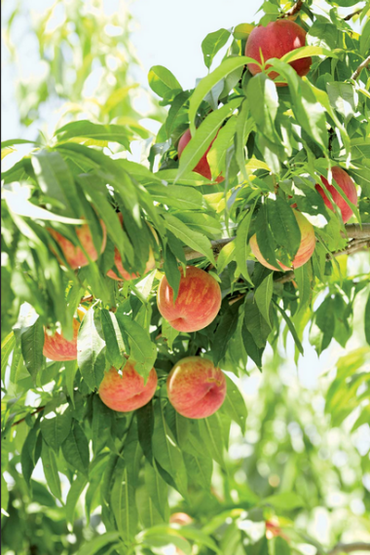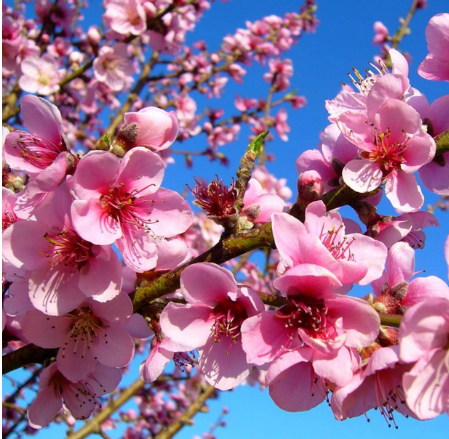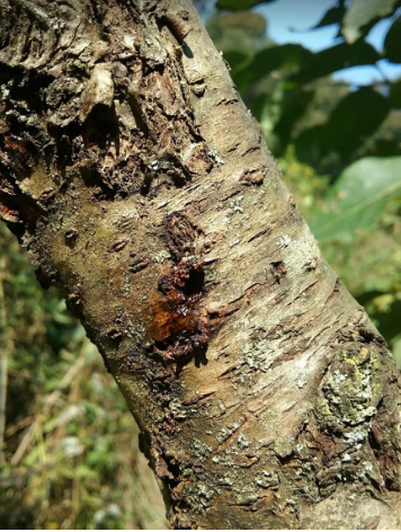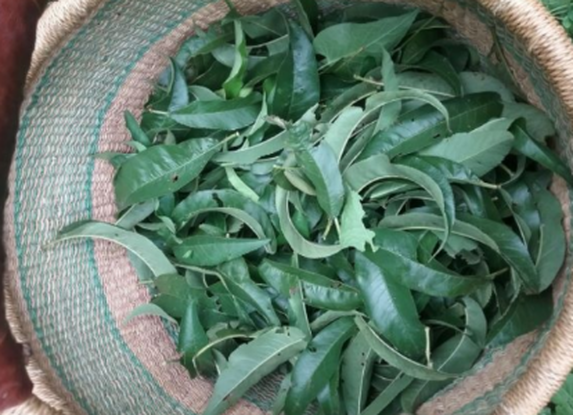|
7/6/2022 0 Comments Peach Monograph
History: There is some dispute about whether the peach tree is native to the Middle East or to China. It was mentioned by Confucius in the fifth century BC, and by Theophrastus in 392 BC. Peach moved from the Persian Empire into the Roman Empire and eventually into Europe. In the late 1600s, peach stones were brought to the New World by the Massachusetts Bay Colony, where they seeded plantations throughout the colonies. Historically, peach was used to staunch bleeding, for coughing and loss of voice, and to aid with sleep and rest during illness. It was used as a restorative for both the digestive system and the nervous system, and for inflamed conditions of the lungs and urinary system. Peach was also used to improve the complexion and treat warts and acne. The eclectics used peach for gastric irritation with abdominal tenderness and for vomiting. Felter writes that it is not as effective as cherry for coughing, but more effective for digestive irritations. He recommends the cold infusion over the tincture for this. Jethro Kloss has used peach for morning sickness, vomiting, whooping cough, dyspepsia, scalding urine, and baldness.
Leaves are calming for both the nerves and for hot, inflamed conditions. They can be helpful with spasmodic cough, especially with dryness. Other hot conditions where the leaves may be useful include hot fever (especially with lack of sweat), hot respiratory conditions, hot menopausal conditions (especially with dryness), and hot digestive conditions (indigestion, ulcers…). Jim McDonald recommends peach for people with heightened auto-immune flare-ups, or for severe food sensitivity reactions. Doctor Christopher writes that the kernels, when boiled in vinegar could restore hair growth in cases of baldness, and that the gum, which the tree exudes, could be used to treat cough, hoarseness, and loss of voice. He also writes that in China the gum is used as a “sedative, alterative, astringent, and demulcent”. Studies: In a 2007 study, polysaccharides from marshmallow, burdock, and peach were tested for antitussive effectiveness against medically-induced coughing in cats. It was concluded that the antitussive properties of these plants were higher than that of the non-narcotic drug used for coughing in clinics. In a 2010 study, researchers studied the anti-inflammatory effects of the ethanol extract of peach fruits. Peach extract reduced the histamine release from mast cells after an allergic reaction was induced. The researchers concluded that the “inhibitory effect of FPP on pro-inflammatory cytokines was nuclear factor (NF)-κB dependent”.
Personal observations: In collecting peach leaves for tincture from a tree in the very back of my garden, I had to move through a patch of flowering ragweed, which I am very allergic to. I knew it would cause a reaction, but I was determined to harvest my leaves. I carefully pushed past the stalks, trying to disturb the pollen as little as possible, and harvested my leaves quickly, then headed back to the house. By the time I got inside I was having a full-blown reaction… inflamed sinuses, itchy eyes (I wanted to scratch them out), constant sneezing, and coughing. I could not work like this, so I picked up a book to read about peach while I waited for my reaction to subside. In reading Matthew Wood’s pages on peach, I came across these words… Because of the sensitivity of tissues in a dry, hot state, peach is well suited to allergies and autoimmune diseases, either directly as a curative or as an assistant. I had never thought of using peach for allergies before, but this made sense since an allergic reaction is essentially a hot, inflamed condition. I immediately took 3 fresh leaves from my harvesting basket and simmered them for 5 minutes in some water. After about 10 minutes of sipping the tea, I could feel everything calming down. Another 10 minutes and I felt well enough to get back to work making my tincture. I love experiences like this when the act of working with the plant teaches us more about its medicine. Cautions and considerations: As with other trees in the rose family, the peach tree contains cyanogenic compounds and requires some caution with its use. Low doses are harmless and the toxin is not cumulative in the body. But high doses can be extremely toxic, leading to rapid pulse, spasms, nervousness, numbness of the throat, unconsciousness, and death. The tea should never be left standing too long and careful attention to dosing given. However, this toxin is also an important part of the medicine of peach and should not be feared, but used carefully and only when needed. Since cyanogenic compounds work by slowing the action of the Krebs cycle, peach should be used with caution or avoided in people with mitochondrial dysfunction. References: Sutovska M, Nosalova G, Franova S, Kardosova A. The antitussive activity of polysaccharides from Althaea officinalis l., var. Robusta, Arctium lappa L., var. Herkules, and Prunus persica L., Batsch. Bratisl Lek Listy. 2007;108(2):93-9. PMID: 17685009. Online class through Eclectic School of Herbal Medicine, Theory and Application of Traditional Western Energetics, with Matthew Wood, Thomas Easley, and Jim McDonald. Wood, Matthew. 2008. The Earthwise Herbal, A Complete Guide to Old World Medicinal Plants. Berkley, CA. North Atlantic Books. Christopher, John. 2010. Herb Syllabus. Springville, UT. Christopher Publications. Kloss, Jethro. 1939. Back to Eden. London Publishing House. Felter, H. W. 1922. The Eclectic Materia Medica, Pharmacology and Therapeutics. Cincinnati, OH. Eclectic Medical Publications. Shin T, Park S, Yoo J, Kim I, Lee H, Kwon T, Kim M, Kim J, Kim S. Anti-allergic inflammatory activity of the fruit of Prunus persica: Role of calcium and NF-κB. Food and Chemical Toxicity. 2010. https://doi.org/10.1016/j.fct.2010.07.009
0 Comments
Leave a Reply. |
AuthorWrite something about yourself. No need to be fancy, just an overview. Archives
November 2022
Categories |
Search by typing & pressing enter





 RSS Feed
RSS Feed